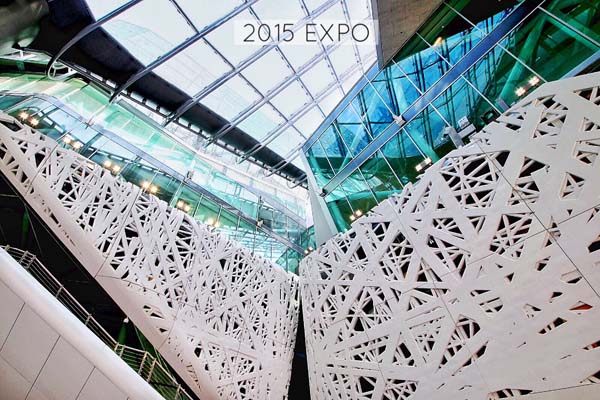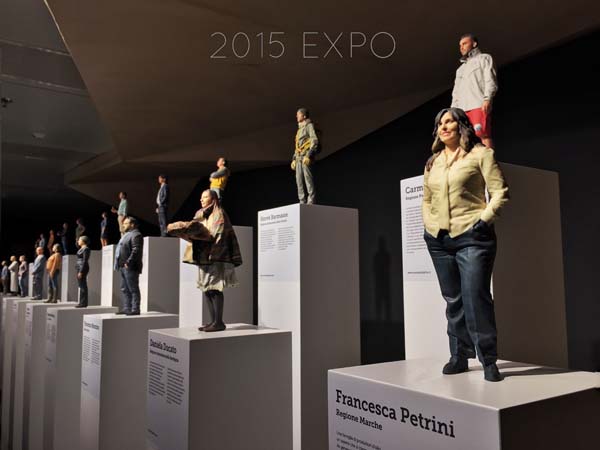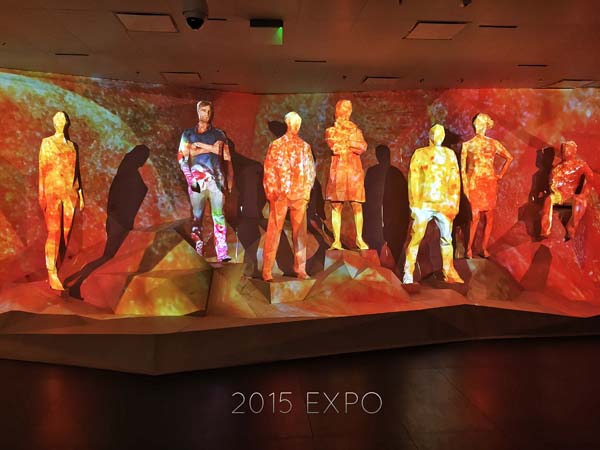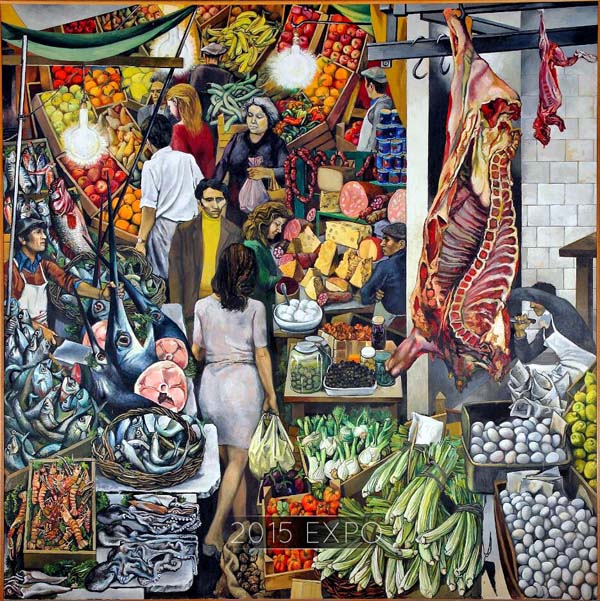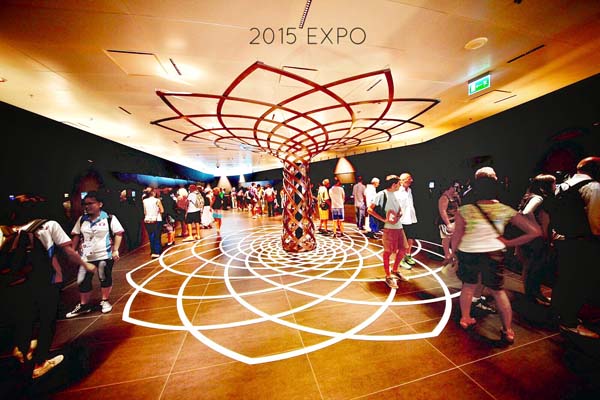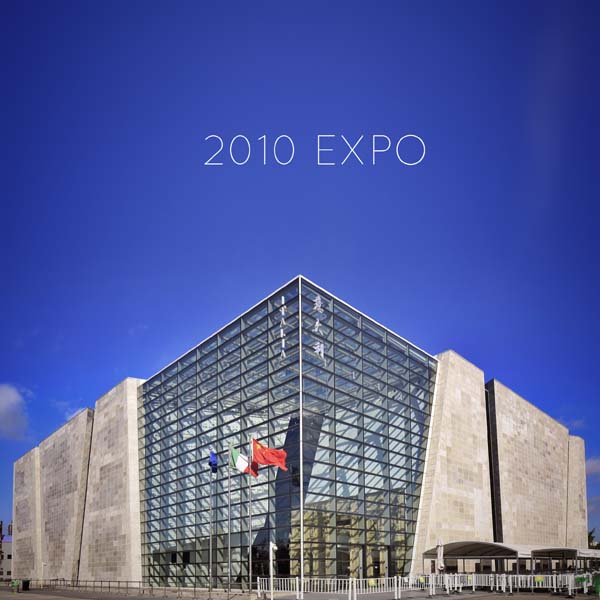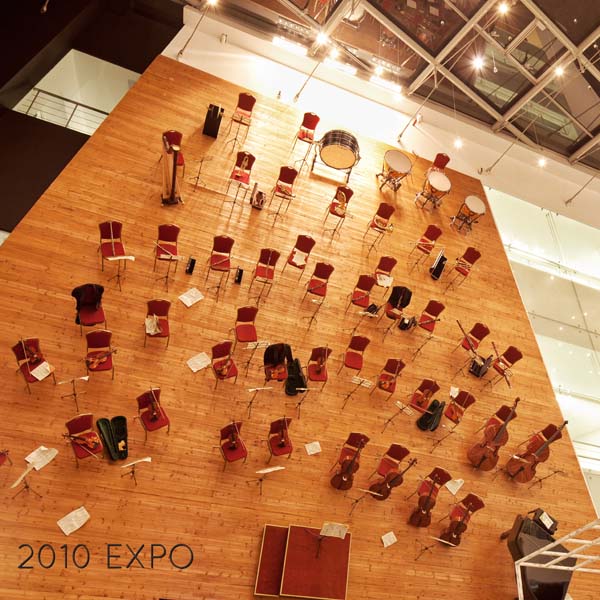The Ongoing History:from Shanghai to Milano--Italia
日期:09-30-2015Sep. 4, 2015
Post 1
Today our journey of theOngoingHistory:fromShanghaiToMilano? is with Pavilion Italia!The pavilion of Italia in Expo2010 was an example of Italian contemporary cultural values. It resembled the start of the Chinese game pick-up-sticks, also known in Italy as the Shanghai Game, where a number of sticks were thrown in a random pile. The different sections of the building made up a geometrical variety symbolising a complexity of regional cultures that define the Italian identity.
The pavilion represented and sums up the Italian proposal for the "City of man" in the near future: an urban model that can combine the cities’ requirements for renewal with the protection of history and the need to maintain a sustainable relationship with the territory.
The philosophy behind the Italian participation in Expo2010 inspired a sensational exhibition with a view to illustrate the general theme of the Expo2010 ‘Better City, Better Life'. In this context the Italian Pavilion offered a rich display of Italy’s excellence in the sectors which contributed to an improvement of the quality of urban areas ranging from engineering, urban development and architectural design to technological innovation, infrastructures, social services and, naturally, cultural events. The “Made in Italy” concept was often perceived as synonymous of "good life".
Post 2
In Expo2015, Pavilion Italia reveals itself as a “Nursery for New Energies”, a nest for the future, with a rich past that is anything but a gloomy museum of its past glories. The exhibition entitled “Identità Italiana” is the key exhibition which tells the story of four Italian Powers, with the assistance of the country’s 21 Regions and Autonomous Provinces:
- Power of know-how: creativity, excellence, innovation
- Power of beauty: tourism, quality of life, Italian landscapes
- Power of the limit: tradition, resource management, resilience
- Power of the future: seeds of the future, natural seeds and entrepreneurial seeds
Post 3
The architectural design of Pavilion Italia in Expo2015 showcases the idea of sustainability, which makes it practically a zero energy building through the use, among other aspects, of photovoltaic glass for the roof and photocatalytic concrete in the outer envelope.
The full 9,000m2 of the external façade is clad in “i.active BIODYNAMIC” concrete. When this material comes into contact with light, it can "capture" pollution in the air, transforming it into inert salts and reducing smog levels. It is also very "dynamic", enabling the creation of fluid designs like the complex shapes used for the panels that are part of the construction of Palazzo Italia.
Post 4
Highlight: Exploring Beauty through other senses.
During the tour in Pavilion Italia, visitors will experience a sensorial route in the dark which allows visitors to explore a market by listening, smelling and touching. The initial effect is of disorientation, but this is followed by the hyper-activation of the senses, allowing one to detect and interpret the various smells, shapes and textures. At the end, visitors rediscover their sense of sight and gaze on Renato Guttuso's “La Vucciria”, a perfect summary of what was perceived without sight. It is a wonderful final touch, a chance to enjoy the majesty of this work. As such, art has become the epilogue to this journey through beauty, sealing the humans-food-land pact.

